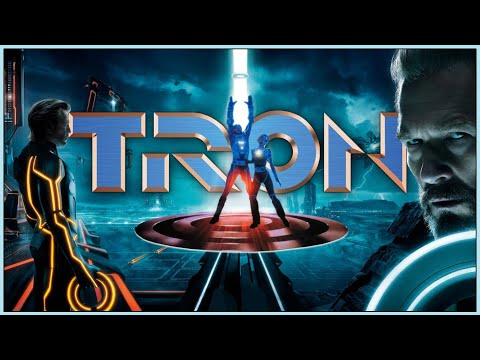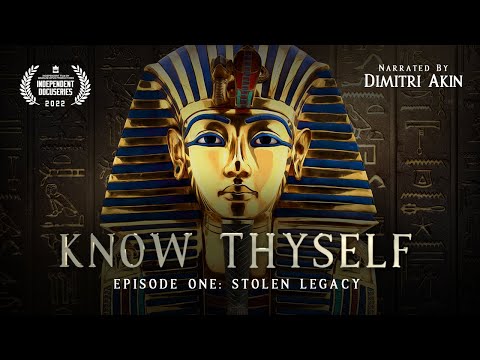Introduction
One of the darkest chapters in American history unfolded in Tulsa, Oklahoma, during the early 20th century. The Tulsa Race Massacre, also known as the attack on Black Wall Street, remains a stark reminder of racial violence and economic destruction faced by African Americans. This tragic event not only took numerous lives but also shattered a thriving community. Its legacy is deeply rooted in both the struggle for racial justice and the resilience of an oppressed community.
A Promising Community
In the early 1900s, Greenwood District in Tulsa, known as Black Wall Street, was a flourishing African American neighborhood. It was a self-sufficient community that boasted impressive economic growth due to Black entrepreneurship and ownership. Despite facing systemic racism, segregation, and Jim Crow laws like other Black communities across America, Greenwood became a symbol of prosperity and progress.
The Massacre Unfolds
The spark that ignited this horrific act of violence was an incident on May 30th, 1921 involving Dick Rowland, a young black shoeshiner accused of assaulting Sarah Page, a white elevator operator. While Rowland was detained and prevented from being lynched by an angry white mob outside the courthouse where he was held, rumors swept through Tulsa sparking an eruption of racial hatred.
On May 31st and June 1st, white mobs targeted Greenwood District with fury. Homes were torched; businesses were looted and set ablaze; innocent people were brutally attacked or killed. It is estimated that over 300 Black residents lost their lives during this massacre while thousands were left homeless.
Aftermath: Destruction and Silence
Following the brutal assault on Greenwood District, efforts were made to downplay or erase this event from history. The local authorities deliberately suppressed evidence of mass graves holding victims’ bodies. Insurance claims for damages were systematically denied to prevent economic recovery. It was a blatant effort to silence the survivors and ensure that this dark chapter remained hidden.
Ongoing Struggle for Justice
For decades, the Tulsa Race Massacre remained buried in historical obscurity. However, as civil rights movements gained momentum across the United States, calls for acknowledging this historical atrocity resurfaced. Survivors and their descendants insisted on recognition, reparations, and justice.
In recent years, the events of May 31st to June 1st, 1921 have received growing attention. In 2001, the Oklahoma Commission to Study the Tulsa Race Riot of 1921 released its findings outlining how the massacre unfolded and its socio-economic consequences on Black residents. Today, efforts are underway to excavate possible mass grave sites as part of a commitment to uncovering the truth about this tragic event.
Looking Towards a Better Tomorrow
The Tulsa Race Massacre was more than just an eruption of violence; it was an attack aimed at destroying a prosperous Black community intent on achieving economic independence and self-sustainability. Acknowledging and educating society about this tragedy is an essential step towards addressing systemic racial inequalities that still persist today.
Reparations for surviving victims and their descendants have become a prominent part of discussions surrounding racial justice. The establishment of programs focused on revitalizing Greenwood District reflects an understanding of the importance of rectifying past wrongs by empowering African American communities economically.
Conclusion
The legacy of the Tulsa Race Massacre lives on in memory, resilience, and determination. With growing recognition of this dark chapter in history comes hope for greater understanding, healing, and change. By confronting past atrocities head-on, society can work towards a more equitable future where incidents like these belong only in history books rather than marking our present reality.





